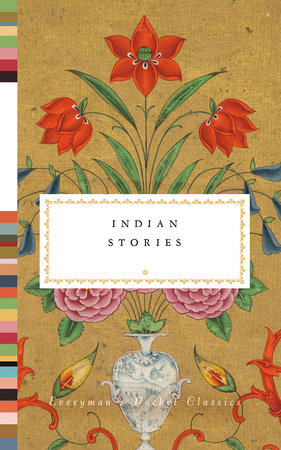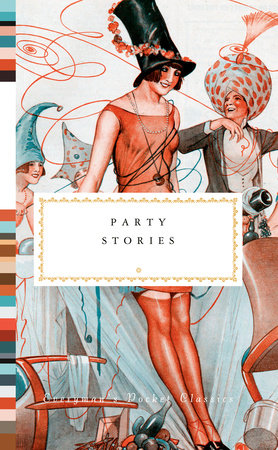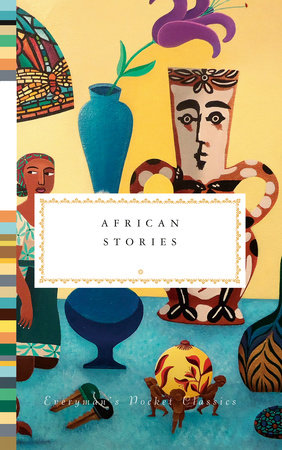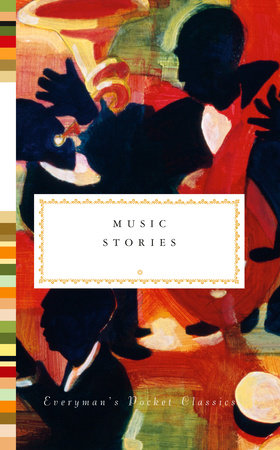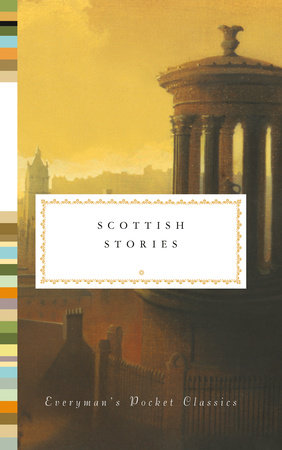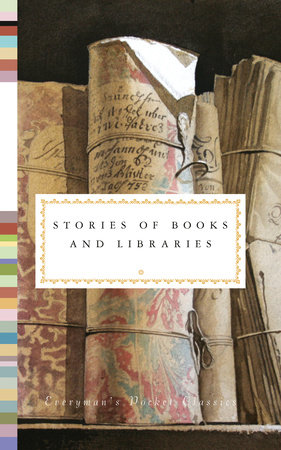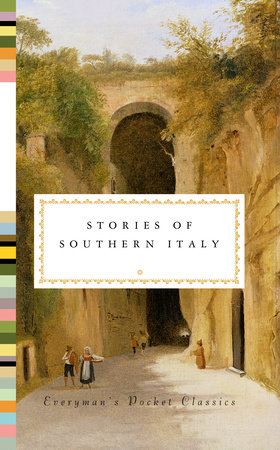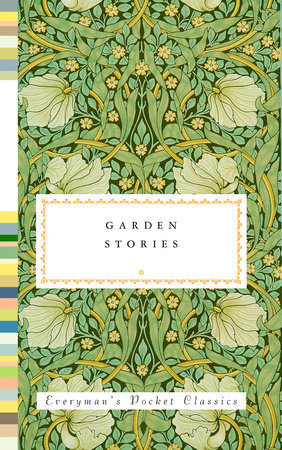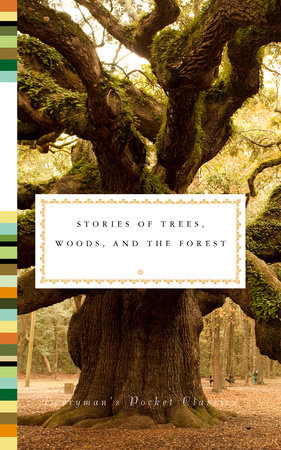Excerpt
Indian Stories
PREFACE by Rudrangshu Mukherjee
India has a long tradition of story-telling. To use Salman Rushdie’s telling phrase, it is ‘an ocean of stories’. Listening to stories begins for all Indians on the lap of their grandmothers, mothers or some other relative. These stories take many forms – myths, lullabies, family anecdotes, fairy tales, fables and so on. The arrival of western education and western learning implanted in this tradition of oral story-telling the formal and structured art of writing a story in an established literary form. It was in the second half of the nineteenth century when creative writers in India began to present fictional narratives interweaving the unravelling of a plot and the development of characters over a period of time. The novel was the first genre that emerged, just as it had several centuries earlier in the western canon. Though if truth be told, that mother of all novels,
Don Quixote (1605) has no formal structure – a great picaresque narrative tracing the character of a knight out of tune with time and history. By the end of the eighteenth century, if one sets aside an outstanding exception,
The Life and Opinions of Tristram Shandy by Laurence Sterne, the novel in English and in other European languages had come to acquire distinctive characteristics. The short story, in which the development of plot and character unfolds swiftly over a few pages rather than over hundreds of pages, followed on the heels of the novel. By the nineteenth century writers like Guy de Maupassant and Anton Chekhov had made of it a clearly recognizable genre. Both the novel and the short story arrived in the Indian literary landscape with the consolidation of British rule and the imposition of Anglophone education through the three universities of Calcutta, Bombay and Madras and colleges like Presidency College in Calcutta and Madras and Elphinstone College in Bombay.
Historians of Indian literature have noted that the first short story to be written in India following the western model was probably ‘Madhumati’ by Purnachandra Chattopadhyay, published in 1873. But arguably Rabindranath Tagore was the first to master and popularize this form of writing. Witness the volumes of short stories (
Galpaguccha) he published in the 1890s. But this form of creative writing very swiftly captured the imagination of literary figures across India and was embraced in every Indian language. [I should note at this point that this volume does not include any of the short stories of Tagore. The reason is simple:
The Best of Tagore, edited by Rudrangshu Mukherjee (Everyman’s Library, 2022) includes a representative selection of Tagore’s short stories. The reader’s interest and attention are drawn to this volume.]
Short stories written in Indian languages adopted the familiar form of the genre by attempting to capture a slice of life. Given the conditions prevailing in India in the late nineteenth century right up to the present day, certain themes acquired salience. The grinding poverty that was aggravated by the dominance of the landlords, by the exploitation of the moneylender and by the operation of the caste system that arranged society according to purity and pollution and superiority and inferiority; the position of women within the family, their aspirations to fashion lives of their own, their suppressed sexuality; the call of the city in a country that was and still is predominantly rural and agricultural – all these themes among others were picked by writers to craft stories that were powerful and poignant.
It is important to note that Indian writers in English also produced fine stories. Some funny, some romantic, they are invariably well written. The name R. K. Narayan comes immediately to mind, and his tales of
Malgudi Days.
This volume aims to present a selection, hopefully representative, of some of the best stories that have been written in India about life in India. The stories here are of course in translation (save the ones written in English) but they will certainly convey to readers some of the richness of the written (as distinct from the oral) tradition of short stories in India.
India is rich not only in stories but also in languages. The many geographical regions and cultural traditions all have their own languages and dialects, the latter being the spoken form – the language of everyday life as distinct from the more formalized written expression. Some of the languages – like Tamil – have very ancient roots. In north India, most of the major languages – Hindi and Bengali for example – are derived from Sanskrit, a language which in its oral articulation goes back to circa 1200 BCE. The arrival of Islamic culture from around the eleventh century ce introduced Arabic and Persian words into the existing vocabulary of the Indian languages. The word ‘sultan’ is a good example of this kind of fusion. In the sixteenth and seventeenth centuries, when large parts of India were politically and economically dominated by the Mughal emperors, the encounter between Arabic and Persian and Hindi in north India produced a new language, Urdu. It was originally a camp language spoken by those who moved in the entourage of huge Mughal armies. But by the eighteenth century it had acquired its own literary features and it now has a rich literary tradition – in poetry, in lyrics, in novels and short stories.
The thirty-seven stories in this collection are taken from all the major languages of India and they cover a complex variety of themes, ideas and emotions. The attempt has been to take two stories from each of the major languages. The primary reason for placing this limit is the size of the book; we wanted this to be a handy volume which readers could carry with them and dip into at leisure. This self-imposed restriction has entailed the exclusion of many personal favourites and many stories as powerful, as poignant and as elegantly crafted as the ones included in this volume.
I want to draw special attention to the stories from Mizoram, Meghalaya and Nagaland. Anyone familiar with the geography of India knows that these are states that lie in the north-east. The stories are all written in English but I have not included them under the rubric ‘English’. Instead I have put them under their separate regional identities. Writers from these regions – and a very significant number among them are women – write in English for historical reasons. But there is another more profound reason that informs their choice of language. Areas like Mizoram, Meghalaya and Nagaland in terms of economic development, educational opportunities and cultural ethos have been for far too long neglected and have thus been marginalized. By writing in English, writers from these areas are perhaps signalling that their cultural and literary identities are not part of the Indian heartland; yet their literary and creative efforts reach out through English to a pan-Indian and even a global readership. To be accessible to readers, these writers do not need to be translated. In their very act of writing, they are making a significant cultural and political point.
Western cultural and literary influences arrived in India piggyback on the British conquest. The word ‘conquest’ is a bit of a misnomer since the British conquered and annexed different parts of India not through one decisive battle but over nearly one hundred years and through many hard-fought regional military encounters. Thus, the spread and the impact of British rule and western cultural influence were uneven and varied. The influence and impact were first felt in Bengal and among sections of the Bengali urban literati. This was the beginning of the emergence of a westernized elite intelligentsia, the products of an Anglophone education. This process over time was replicated in other parts of India as they experienced the consolidation of British rule. What members of this group learnt in the colleges and universities – or at least some of them – they tried to make their own. Thus, the first books of prose to be written in Bengal, for example, were works of history – lives of Indian kings, bits of dynastic political history and so on. The art of writing the novel and the short story was an extension of this process. It would, however, be a simplification to see these creative endeavours merely as mimetic acts. The form – the novel, the short story, narrative history – was no doubt derived from western models but the content – the material that went into the construction of the narrative – was distinctly Indian and local. Indian literary writing, born though it was under a western star, reflected invariably realities that were distinctly Indian. The characters, the relationships, the socio-economic situations grew out of the reality that the Indian writers observed and wanted to represent in their fictions. It is in this very important sense that it is entirely justified to speak about Indian short stories and present a short collection of them.
--Rudrangshu Mukherjee


